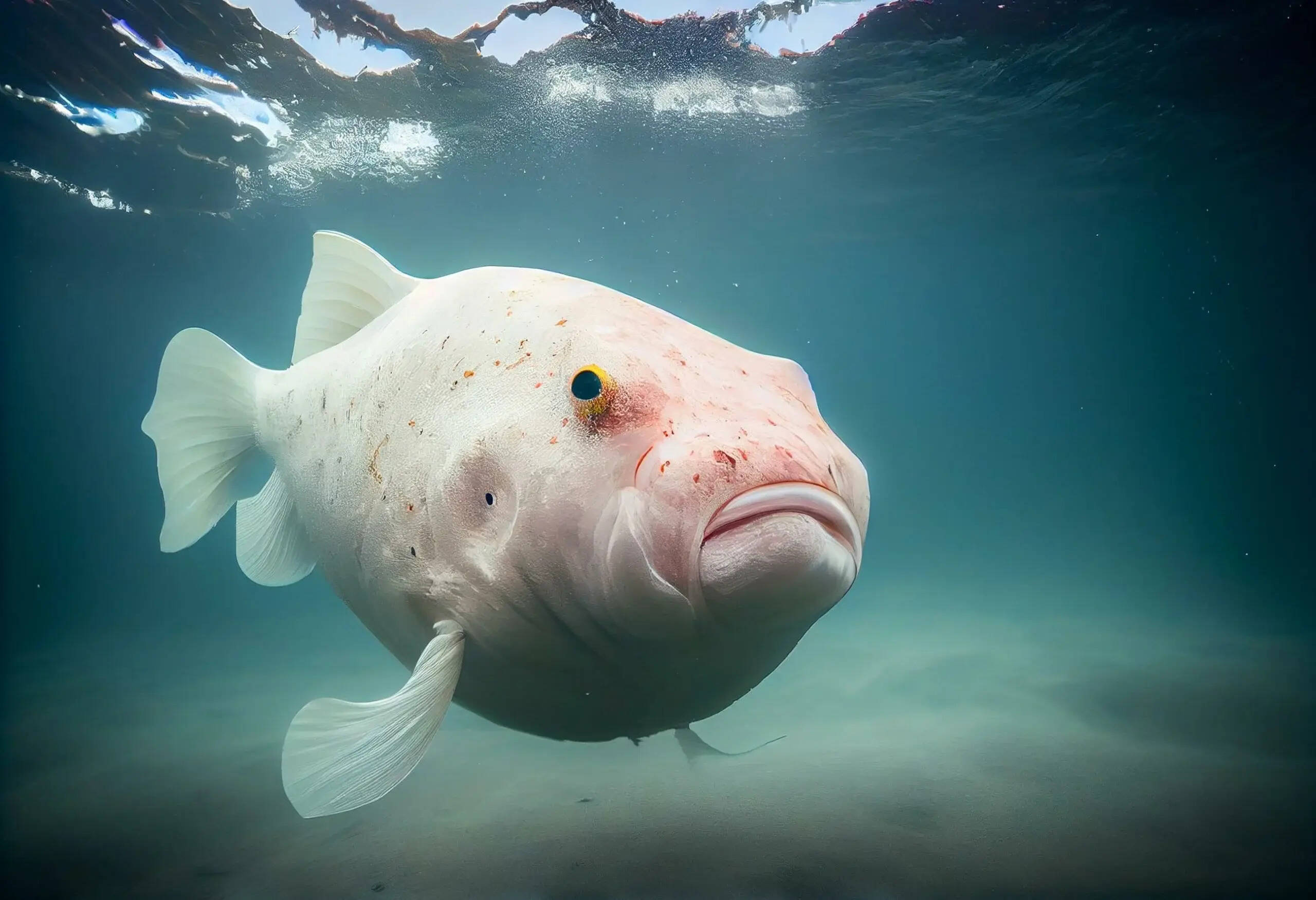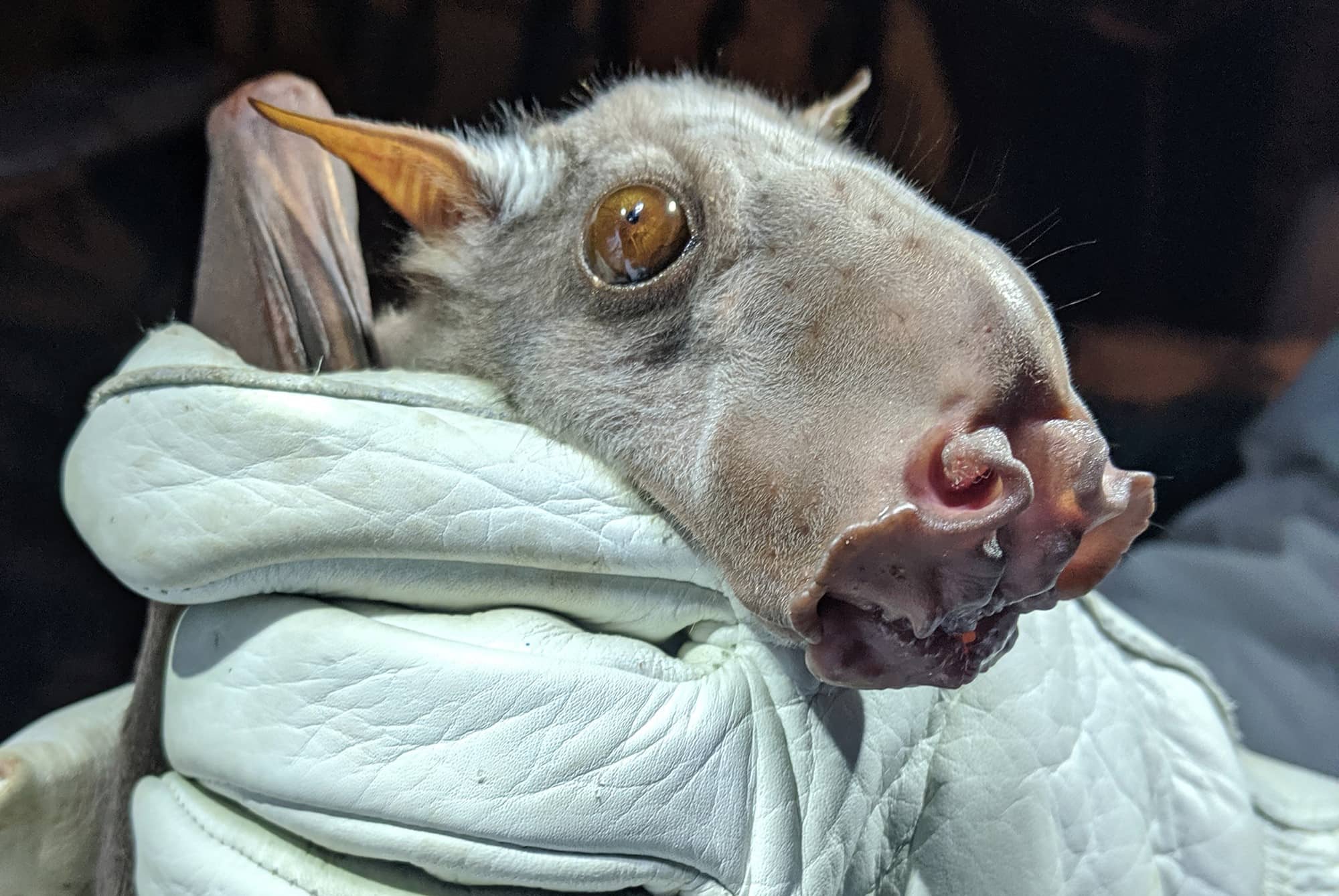
Blobfish might not win any beauty contests, but they sure win hearts with their unique charm. Found in the deep waters off the coasts of Australia and New Zealand, these gelatinous creatures have fascinated scientists and curious minds alike. Why do blobfish look so different underwater? The answer lies in their anatomy and habitat. Living at depths where pressure is immense, their bodies are adapted to withstand such conditions. Without a swim bladder, they rely on their jelly-like flesh to maintain buoyancy. This adaptation makes them look quite different when brought to the surface. Ready to dive deeper into the world of blobfish? Let's explore 35 intriguing facts about these deep-sea dwellers!
Key Takeaways:
- Blobfish are deep-sea dwellers with gelatinous bodies, unique adaptations, and quirky appearances. They play a vital role in their ecosystem and inspire conservation efforts to protect less "charismatic" species.
- Scientists study blobfish to understand their biology and behavior, contributing to our knowledge of deep-sea ecosystems. Conservation efforts are crucial to protect blobfish from overfishing and habitat damage.
What is a Blobfish?
Blobfish are fascinating creatures that have captured the curiosity of many. These deep-sea dwellers have unique characteristics that set them apart from other marine animals. Let's dive into some intriguing facts about blobfish.
- Blobfish belong to the family Psychrolutidae, which includes fathead sculpins.
- They are found in the deep waters off the coasts of Australia, Tasmania, and New Zealand.
- Blobfish live at depths between 600 and 1,200 meters, where the pressure is 60 to 120 times greater than at sea level.
- Their gelatinous flesh is slightly less dense than water, allowing them to float above the ocean floor without expending energy.
- Blobfish lack a swim bladder, an organ that helps other fish maintain buoyancy, because it would collapse under the extreme pressure of their habitat.
Appearance and Adaptations
Blobfish have a unique appearance that has earned them the title of "world's ugliest animal." However, their looks are perfectly suited to their environment.
- Out of water, blobfish appear as a gelatinous mass due to the lack of pressure holding their shape.
- In their natural habitat, they look more like typical fish, with a more defined structure.
- Their bodies are primarily composed of a jelly-like substance, which helps them withstand the high pressure of deep-sea environments.
- Blobfish have large heads and small bodies, with soft, flabby skin.
- They have small eyes and a large mouth, which helps them catch prey that swims by.
Diet and Feeding Habits
Blobfish have interesting feeding habits that are adapted to their deep-sea lifestyle. They are not active hunters but rather opportunistic feeders.
- Blobfish primarily feed on small crustaceans, such as crabs and sea urchins.
- They also consume mollusks and other small invertebrates that drift by.
- Due to their lack of muscle, blobfish rely on the ocean currents to bring food to them.
- They have a slow metabolism, which allows them to survive on minimal food intake.
- Blobfish do not actively chase their prey; instead, they wait for it to come within reach.
Reproduction and Lifespan
Little is known about the reproductive habits of blobfish, but researchers have gathered some information about their breeding and lifespan.
- Blobfish lay thousands of eggs at a time, which they guard until they hatch.
- The eggs are typically laid in nests on the ocean floor.
- Both male and female blobfish take turns guarding the eggs to protect them from predators.
- The exact lifespan of blobfish is unknown, but they are believed to live for several decades.
- Blobfish do not have many natural predators due to their deep-sea habitat.
Conservation Status
Blobfish face several threats that could impact their populations. Understanding these threats is crucial for their conservation.
- Blobfish are often caught as bycatch in deep-sea trawling operations.
- Bycatch refers to the unintentional capture of non-target species during fishing.
- Deep-sea trawling can damage the delicate habitats where blobfish live.
- Conservation efforts are needed to protect blobfish and their environments from overfishing.
- Some organizations are working to raise awareness about the importance of preserving deep-sea ecosystems.
Fun and Quirky Facts
Blobfish have captured the public's imagination, leading to some fun and quirky facts about these unusual creatures.
- In 2013, the blobfish was voted the "world's ugliest animal" in an online poll conducted by the Ugly Animal Preservation Society.
- Despite their unappealing appearance, blobfish play a vital role in their ecosystem.
- Blobfish have become a popular subject for memes and internet jokes.
- They have inspired plush toys, cartoons, and even songs.
- Blobfish are often used as a symbol for conservation efforts to protect less "charismatic" species.
Scientific Research and Discoveries
Scientists continue to study blobfish to learn more about their biology and behavior. These discoveries help us understand the complexities of deep-sea life.
- Researchers use remotely operated vehicles (ROVs) to observe blobfish in their natural habitat.
- Genetic studies have revealed that blobfish have unique adaptations to survive in extreme pressure environments.
- Studies on blobfish contribute to our knowledge of deep-sea ecosystems and the challenges these creatures face.
- Understanding blobfish can help scientists develop strategies to protect other deep-sea species.
- Ongoing research aims to uncover more about the mysterious lives of blobfish and their role in the ocean's depths.
Blobfish: More Than Meets the Eye
Blobfish might not win beauty contests, but they’re fascinating creatures. Living in the deep sea, they’ve adapted to extreme pressures. Their gelatinous bodies, which look odd to us, actually help them survive where other fish can’t. These unique adaptations make blobfish a marvel of nature.
Despite their unflattering nickname, blobfish play a crucial role in their ecosystem. They help maintain the balance by feeding on sea urchins, mollusks, and other small creatures. Without them, the deep-sea environment would be quite different.
Next time you see a picture of a blobfish, remember there’s more to them than their looks. They’re survivors, perfectly suited to their harsh habitat. So, while they might not be the prettiest fish in the sea, they’re certainly some of the most interesting.
Frequently Asked Questions
Was this page helpful?
Our commitment to delivering trustworthy and engaging content is at the heart of what we do. Each fact on our site is contributed by real users like you, bringing a wealth of diverse insights and information. To ensure the highest standards of accuracy and reliability, our dedicated editors meticulously review each submission. This process guarantees that the facts we share are not only fascinating but also credible. Trust in our commitment to quality and authenticity as you explore and learn with us.


